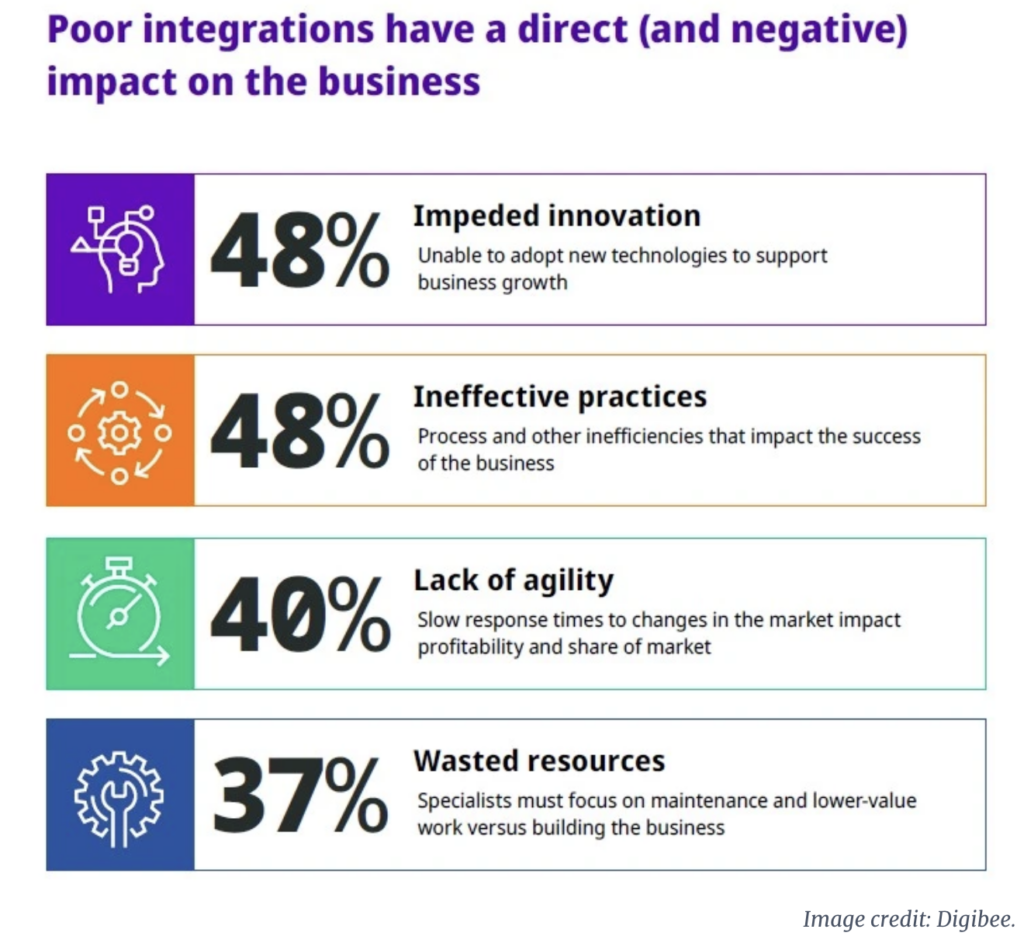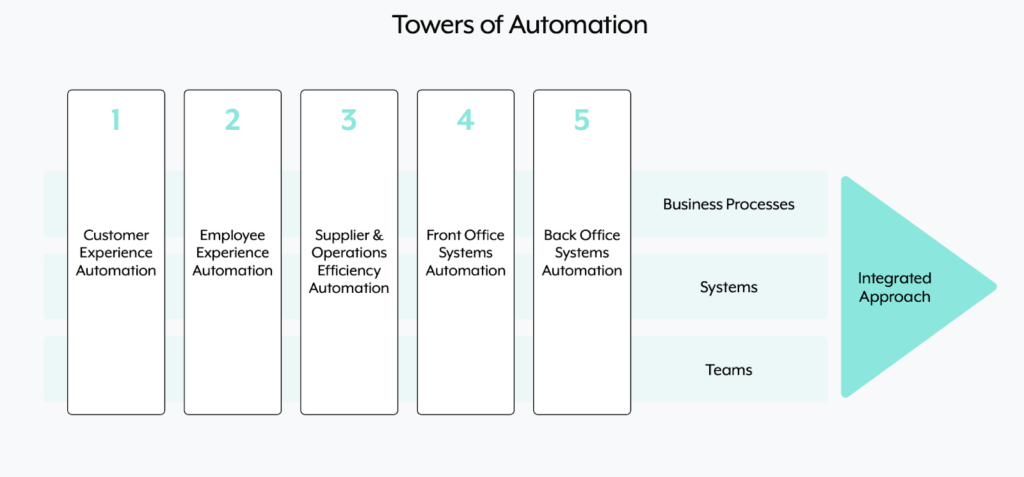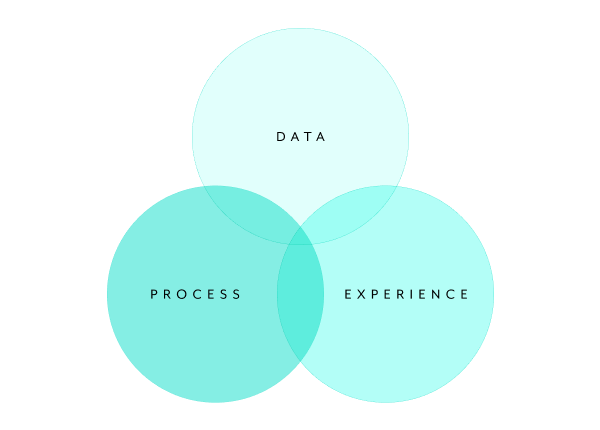Microsoft’s recently-launched Digital Contact Center platform is a guide on using various Microsoft products—including Power platform, Teams, Azure, Nuance, and Dynamic 365—for contact centers. The platform also brings in AI to enable self-service, live customer engagements, collaborative experiences with live and virtual agents, business process automation, fraud prevention, and advanced telephony.
Microsoft’s focus on the contact center market isn’t unique. In the recent past, we’ve seen other large tech companies launch contact center platforms. The list includes Amazon Connect, the cloud contact center from AWS, Contact Center AI from Google Cloud, and Service Cloud from Salesforce (which works closely with AWS). Given this pattern, it’s clear that the trend of automating contact center operations is here to stay.
So, why are large companies looking to play a role in fully automating contact centers? And how can you automate your contact center operations successfully?
Automation: the answer to supporting today’s contact center
Contact centers have gone through seismic changes over the last few years.
Firstly, customer demand for omni-channel support has forced call centers to evolve into contact centers. Then, with the onset of the pandemic, workers in the industry—who would ordinarily work out of offices—were forced to work remotely, often in places with poor internet connectivity. Additionally, contact centers are facing some critical changes in their market that demand a response: increasing customer demand, a poor employee experience (attrition can be as high as 50% for larger contact centers), and inflation.
Hence, the traditional way of running contact centers has to evolve. To meet these shifts, we’ve witnessed the rise of Contact Center as a Service solutions, which significantly change how digital transformation is being leveraged to contact center services. But to fully address the changes head on, and to stay competitive, contact centers have to increase their efficiencies and embrace digital innovation to enhance experiences. The only way to achieve both is by bringing together data, processes, and experiences (Enterprise Automation).
Autonomous contact centers are the future
The changes that contact centers are experiencing are here to stay. And while small-scale efforts to automate a few business processes might provide some ROI and buy your organization time, they aren’t going to solve the needs of today or tomorrow.
Piecemeal automation efforts not only limit companies from realizing the true benefits of automation—they actually cost organizations more money. A recent study shows us why:
Contact centers need to completely revamp their business processes so that they’re agile, integrated, and fast. And our vision of an autonomous contact center offers exactly that.
We believe that an autonomous contact center should be lean, cloud-based, and leverage enterprise-wide automation. It should use technology to address most queries and depend on human agents only when necessary. And it should be able to predict, learn, and evolve.
An automation strategy should consider efficiency, efficacy, and experiences
Clearly, contact centers need to move away from siloed automation efforts and, instead, bring different technologies, processes, and teams under the same platform. Moreover, contact centers need to think of their automations as belonging to one of five Towers. Each drives different KPIs for the business, whether that’s productivity, efficiency, or revenue.
The tower you focus on first depends on your business objectives and the expected outcomes of the automations. That said, most automation efforts for contact centers should fall under towers 1, 2, 4 and 5. Also, contact centers don’t need to implement automations for all towers at once. They can be tackled one at a time.
A contact center can automate its front office operations first by, as an example, setting up self-service chatbots for customers. Next, the contact center can focus on providing a unified agent experience so that agents don’t need to juggle between several applications during a call or have to input data across several applications once the call ends. Later, they can start automating the back office, where data is still being entered manually by employees.
In order for all of these automations to work together, they need to live under one ecosystem. Otherwise, the data extracted in the back office won’t be visible to the agent, or the agent might be unaware of a customer conversation that happened through a chatbot.
The journey towards an autonomous contact center
Contact centers that have already invested in task automation, RPA, or IDP, might think they need to replace these technologies to achieve an autonomous contact center. But that’s not necessarily true. Every technology offers certain use cases that your contact center will need.
In the end, you just need to create an integrated automation strategy that brings data, processes, and experiences together.
Most existing automation technologies focus on one or two of these aspects. Therefore, you need a master orchestrator that can sit at the center of all these different automation technologies. The master orchestrator would enable end-to-end process automation and data fluidity across the organization with a universal, easy-to-use interface.

Use Workato as your master orchestrator
Learn how Workato can help you implement an intelligent, future-proof contact center by connecting with one of our automation experts.



